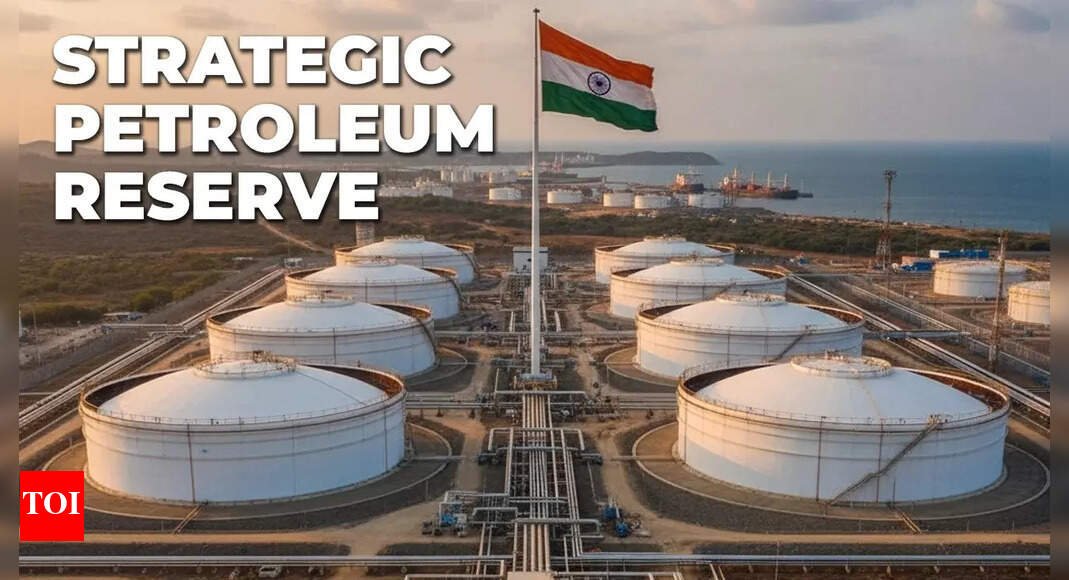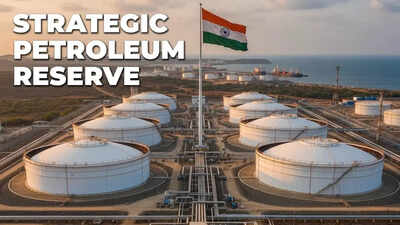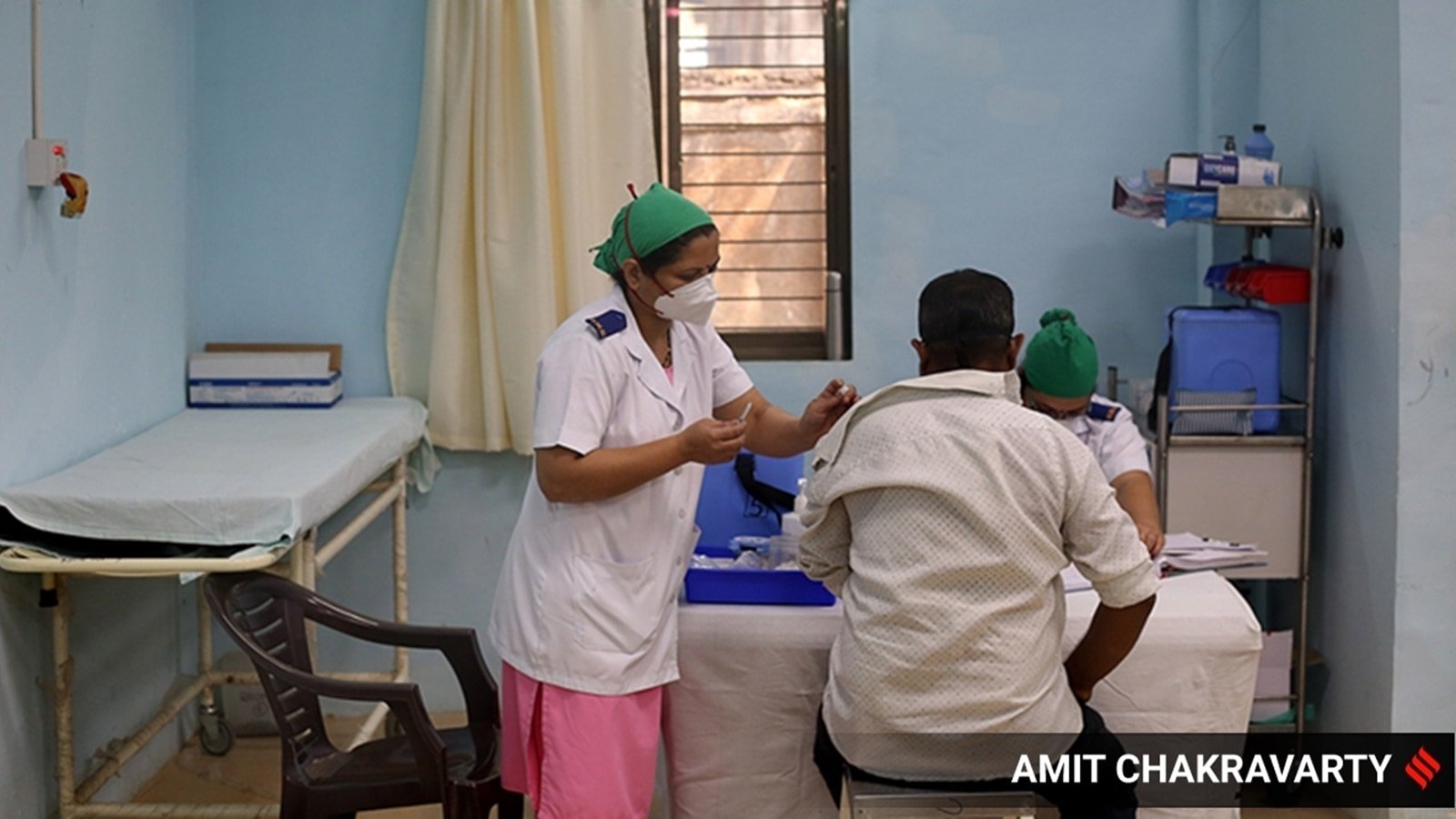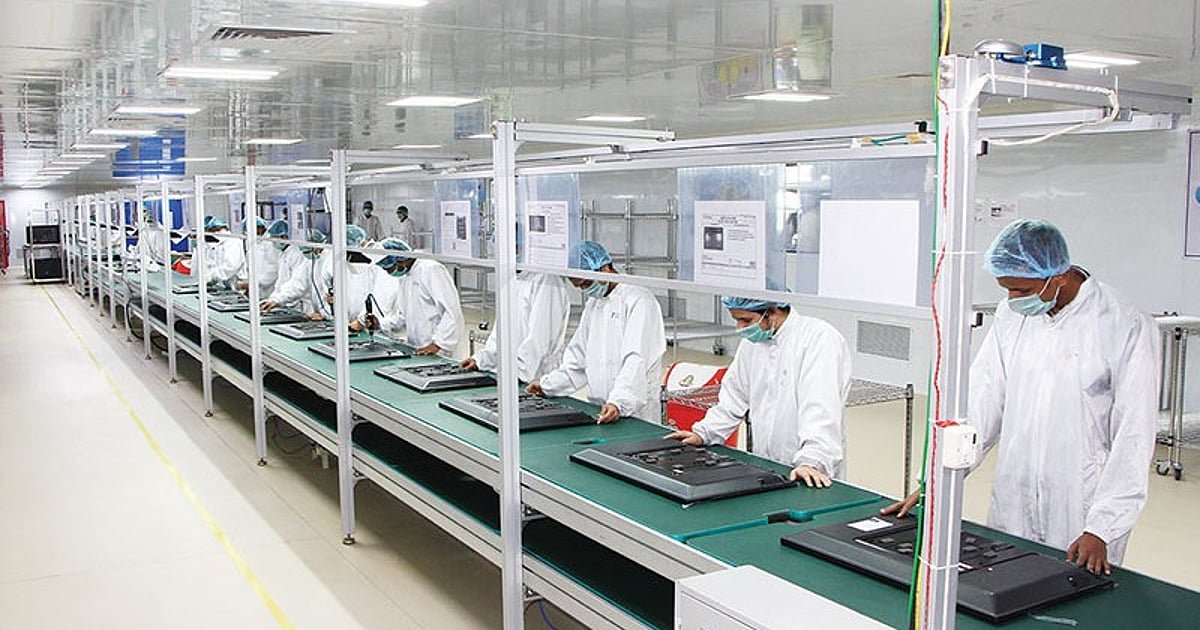India is looking to build its first-ever private sector strategic petroleum reserve in the next five years. The massive Rs 5,700 crore project contract has been awarded to Megha Engineering & Infrastructures Ltd.According to an ET report quoting sources, Megha Engineering has bagged the significant contract to construct and operate the first private-sector strategic petroleum reserve.Megha emerged as the successful bidder with an offer just under the maximum limit, surpassing two competitors whose identities remain undisclosed, according to informed sources quoted in the report.
India’s first private strategic petroleum reserve: Top things to know
- The venture includes a crude oil filling expense of $1.25 billion (Rs 11,020 crore) at present rates, representing the most substantial private investment towards strengthening the nation’s energy security infrastructure.
- The company has been allocated a five-year construction period and a 60-year operational term for a 2.5 million metric tonnes (MMT) strategic petroleum reserve facility in Padur, Karnataka. Padur already hosts portions of India’s current strategic reserves.
- This new reserve will enhance India’s present 5.33-MMT strategic reserves, which currently provide only 8-9 days of crude supply when at capacity, the ET report said.
- The bidding process, managed by the state-owned Indian Strategic Petroleum Reserves Ltd (ISPRL), was determined by the viability gap funding (VGF) requirements of participants. The VGF was restricted to 60% of the Rs 5,700-crore project value, amounting to Rs 3,420 crore.
- The current strategic petroleum reserve facilities in India, managed by ISPRL, maintain 39 million barrels in underground storage at Visakhapatnam, Mangaluru, and Padur.
- This capacity falls significantly short compared to the United States’ 727 million barrels and China’s estimated 1,200 million barrels.
Sources indicate that ISPRL will shortly finalise the agreement with Megha, providing them a 214-acre plot at no cost for storage development. The agreement is expected to include provisions requiring the company to partially fill the SPR cavern to ensure emergency preparedness objectives are met.
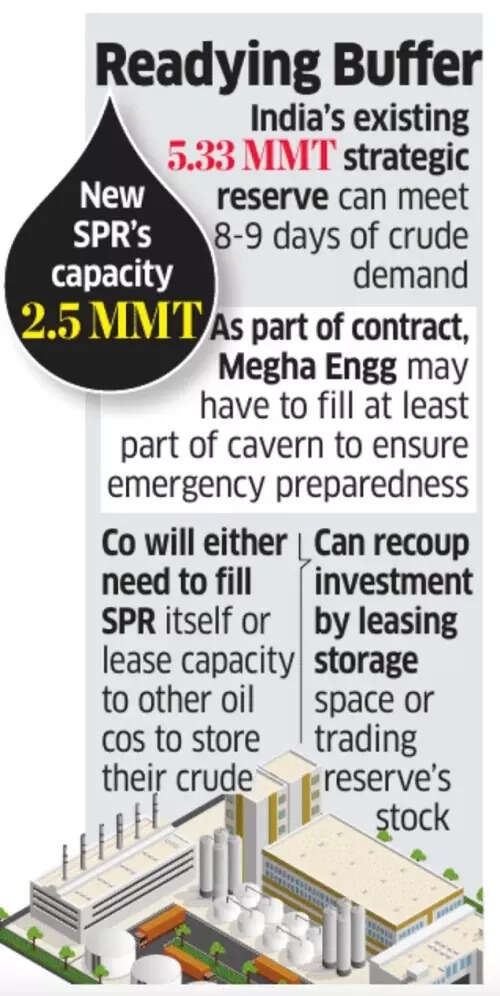
Readying Buffer
According to sources quoted in the report, Megha plans to recover its investment through storage space rentals to the government and oil firms, whilst maintaining autonomy in crude oil trading operations. Whilst storage leasing provides steady revenue, trading activities involve higher risks and require specialist knowledge. The government will maintain priority access to oil reserves during emergencies, ensuring the facility serves both commercial and strategic national interests.The Padur facility includes the construction of specialised infrastructure for oil handling, including both onshore and offshore pipeline networks.Megha’s primary business involves EPC contracting for the oil and gas industry, including refinery construction, pipeline installation and rig provision. The company is currently developing an underground LPG storage facility for Hindustan Petroleum.Operating an SPR represents a significant new venture for this Hyderabad-based organisation. The concept of private involvement in India’s strategic petroleum reserves was initially proposed more than ten years ago. In 2018, the Union cabinet granted preliminary approval for two PPP model projects: Padur in Karnataka (2.5 MMT) and Chandikhol in Odisha (4 MMT). The development of a suitable framework to attract private investment required several years of planning.
